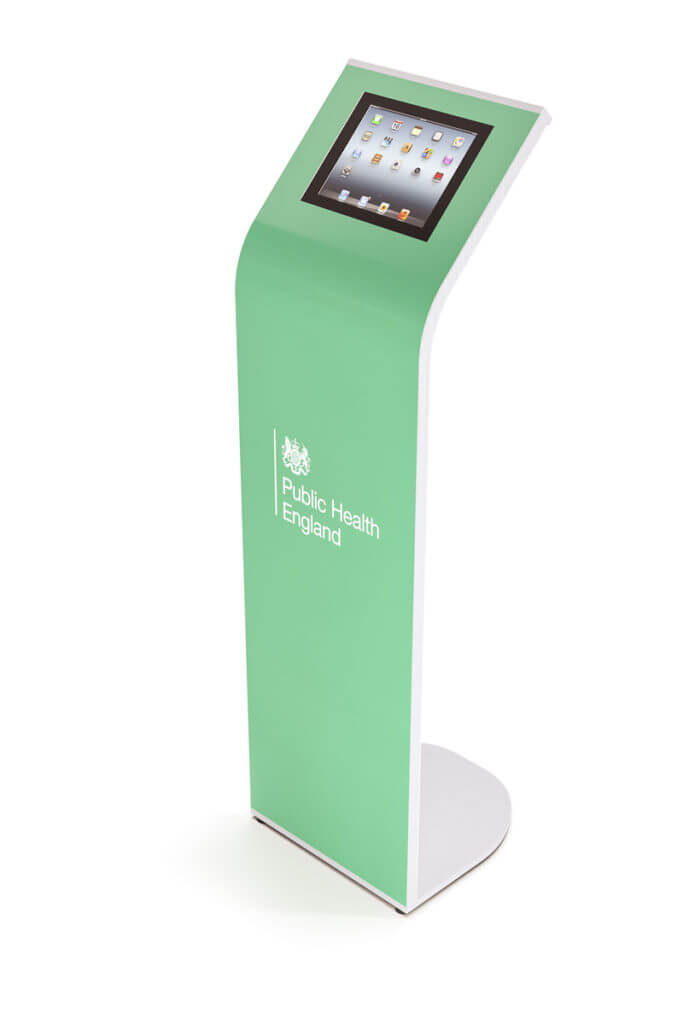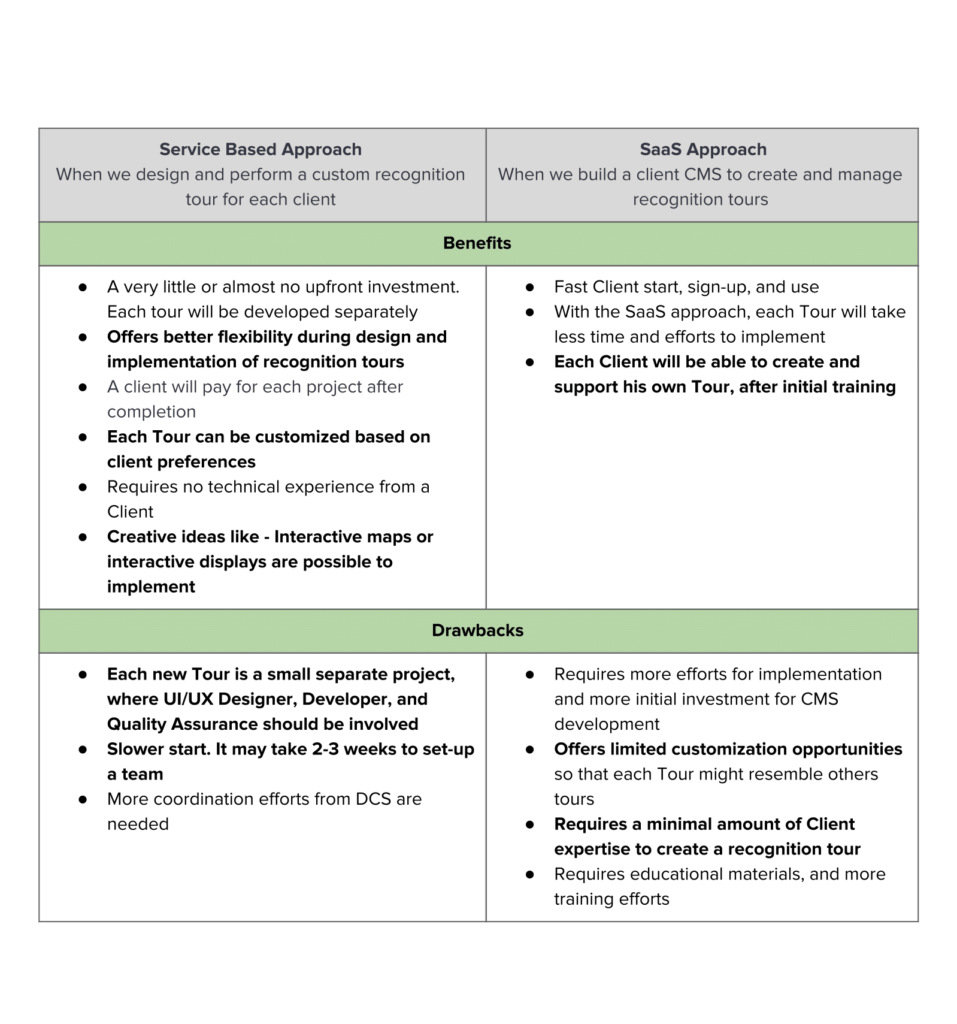In 2014 1.4 billion of people donated more than $300 billions to NGOs, Religious organizations, Volunteering, Animal Welfare, etc. 72% of funds were donated by Individuals, while corporations donate only 5%. The number of people who are willing to donate is growing from year to year. But how do we recognize this contribution? Is there a way to do a better job while saying THANK YOU? Our team made a small discovery of classical donor recognition tools and discovered new exciting ways of donor recognition and donation collecting tools. Let’s go into details.
CLASSICAL DONOR RECOGNITION PROGRAM TOOLS
Most of us at least once saw that big donor recognition displays with a name tags on them. Physical display – a board with a number of plaques (name tags of donors), is made to recognize individual donations or impact. See Image 1.0.

Image 1.0 (Display with a list of plaques)
Plaques – an ornamental tablet, typically of metal, porcelain or wood, that is fitted to a wall or Display in commemoration of a donor. See Image 1.1.

Image 1.1 (Plaque of Harry K. Albert on display for his contribution in investing in students)
Storytelling Wall – a board which lists some individual donors and share their story and impact. See Image 1.2.

Image 1.2 (storytelling board helps visitors to learn more about individual donors and their impact)
The problem with the Physical Displays is that most of the donors will never be able to visit campus and review those displays, also usually there is a place only to the main contributors. Digital Donor Recognition Tours should not be a substitute to Physical Displays, and they can be a good addition.
Digital Donor Recognition Tour (DDRT) is a web-page with details about Recognition Displays located on campus or an organization. The primary goal of the Tour is to provide any user with online access to Recognition Displays. Digital Recognition Tour makes it possible to review or share Recognition Displays even without visiting the campus or organization. Our team prepared an example of a Tour. But we can think of many other possible ideas and opportunities.
Digital Stand – a digital display that shows a Tour. The Digital Stand can use the same online Tour as for the Web. It may be located near a Physical Display or be as a stand-alone solution. See Image 1.3.

Image 1.3 (an example of Digital Stand)
Campus Map – a unique dynamic map of campus/building that matches the physical landscape. It should be easy to find any possible location or Physical Displays, with donor names and stories. See Image 1.4.

Image 1.4 (an example of the University of Colorado Anschutz Medical Campus Map)
NEW OPPORTUNITIES OFFERED BY DIGITAL DISPLAYS
There is a list of benefits and opportunities opened by Digital Displays:
- Easy to visit, and review information online. Primarily it is helpful to someone who leaves a long distance from a campus
- Digital and interactive maps will help to find a needed location
- Easy to find a required information, donors and their stories. With Digital Displays any organization will be able to recognize even the smallest donation and keep track of all donors.
- Voice and Video storytelling, will make the user experience much strong and memorable
- Offer to any user to become a donor. Online donations/subscriptions are possible.
- Progress tracking, you can easily track visits number and user activity.
CORE ARCHITECTURE OF A DIGITAL SYSTEM
There are two possible approaches to implement Digital Donor Recognition Tour – Service-Based and SaaS approach. We prepared a list of benefits and drawbacks both of them:

Table 1.0 (benefits and drawbacks of Service Based and SaaS approaches)
HOW DOES IT LOOK LIKE?
According to iPad 12” resolution preferences which work perfectly for a Digital Stand. We have specially created the clickable prototype of a digital recognition tour. So you can click, navigate and feel how the actual fully branded Tour may work and look like:

Image 1.8 (virtual recognition tour clickable prototype)
In this business domain, we expect to find a lot of not technical users, which means the SaaS approach will fail if the system looks and feels complex. In the case with SaaS, custom UI/UX design for CMS is vital for the project success.
ABOUT LASOFT
UI/UX and Web Development Experts in one House. Since foundation, we have grown from a small web development agency into a one-stop-shop. It means that currently, we are capable of covering the whole product development circle from scratch. From creating UI/UX design, product design, architecture, development, testing, deployment to maintenance & support.
Unique Analytics Expertise. For the last three years, we have been mainly focused on building complex SaaS applications and Data Dashboards with intuitive and easy-to-perceive infographics. Such a background eventually became our unique expertise.
An Overall Business Success. What we learned that to be successful ourselves we should focus on the overall business success of our customers, not just on a technical part. That’s why we dig deep into the project from the very beginning to understand every detail of how potential users are going to use your app – for example, how they will find you on the Web, how they will sign-up, how will share info about your company, how will pay for your service. We try to understand your business as much as possible and, probably, this makes us stand out among other similar agencies, which can perform only a technical part.


